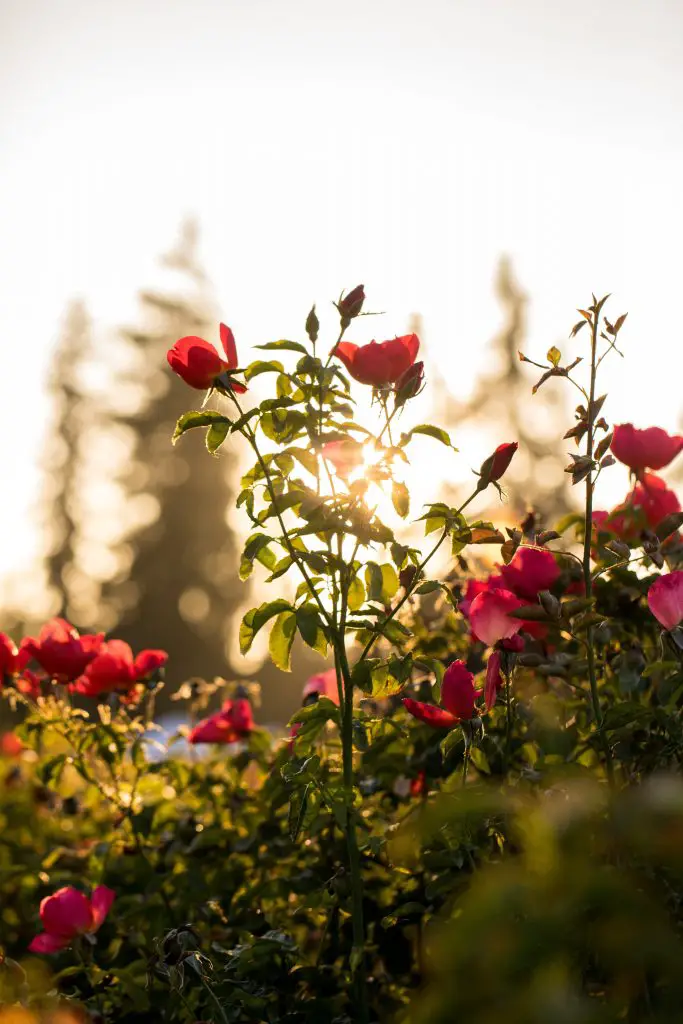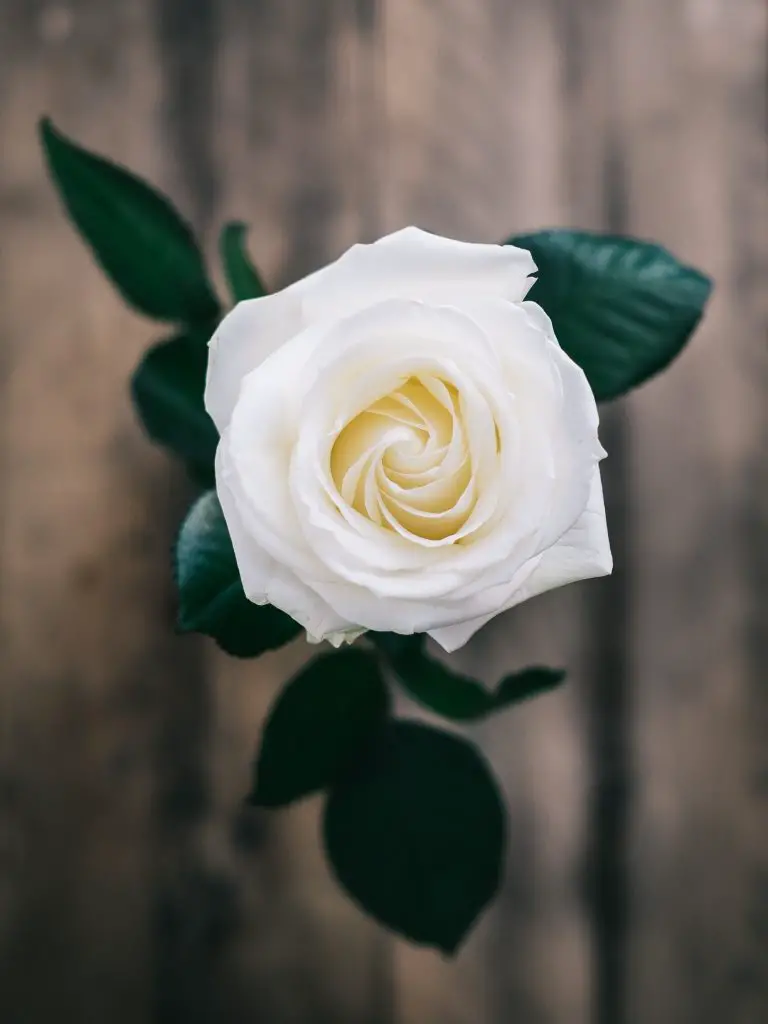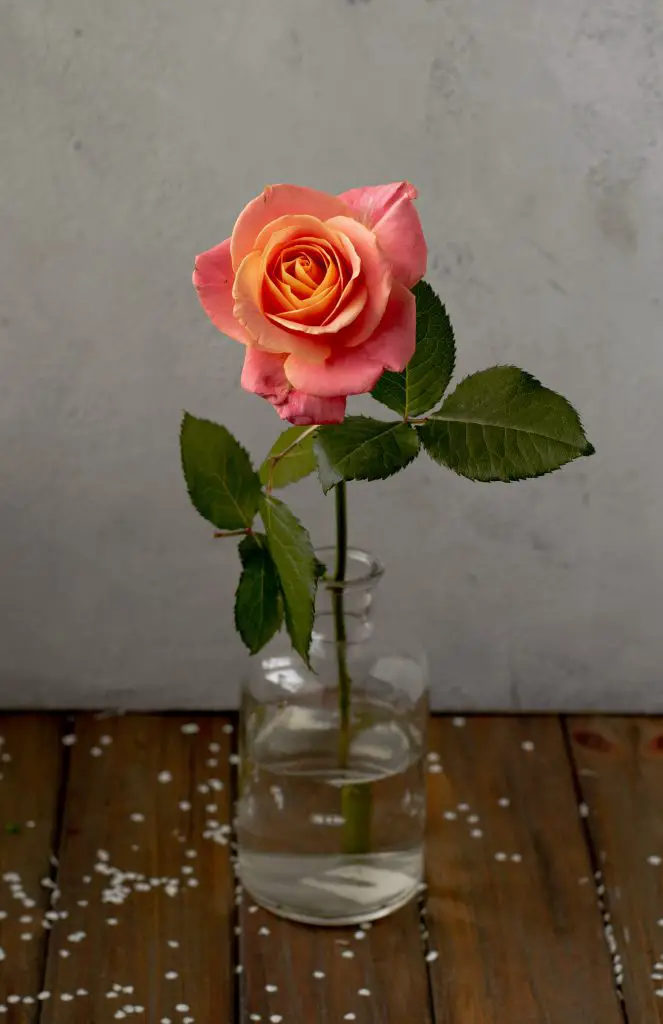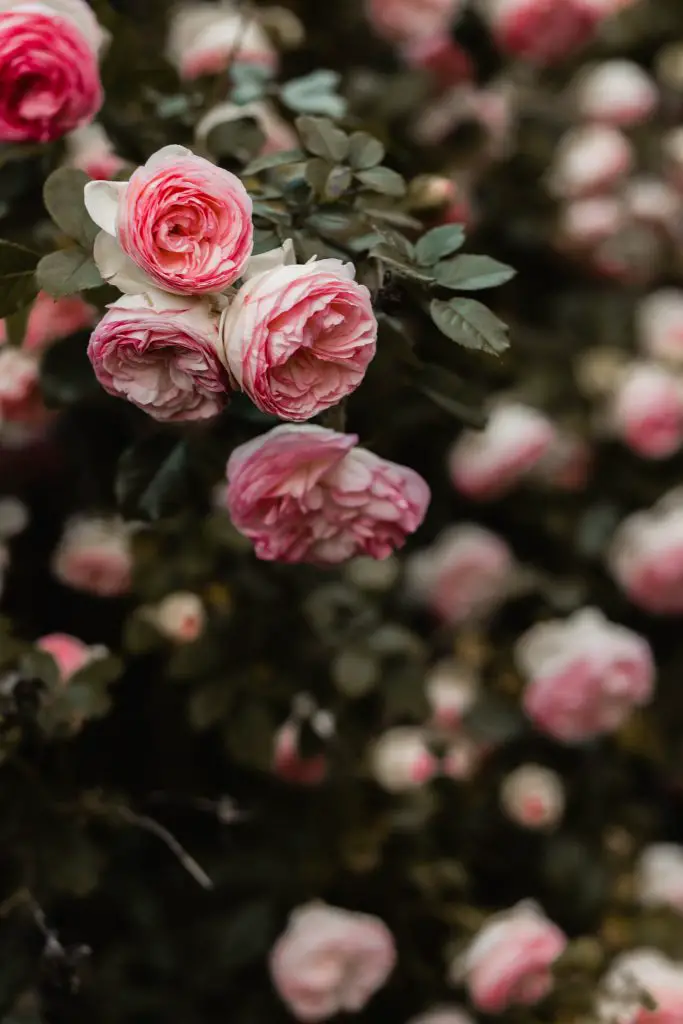Can I Cut My Rose Bush To The Ground? Roses are one of the most popular plants to grow in the garden at home and every year they need a really heavy prune in winter. However, how hard does that prune need to be can you cut roses all the way to the ground?
Most gardeners trim around 1/3 to 1/2 of the top growth from the rose in winter, however, it is possible to cut rose bushes all the way to the ground and they will grow back. But the regrowth is likely to produce a completely different rose to what you have initially had as many roses that are sold commercially are grafted.
Grafting, which is commonly done in commercial nurseries, uses a rootstock and a scion within the plant. The rootstock that is used usually provides some specific traits that are beneficial to the growth habit of the plant while the scion controls the variety of the rose that is produced. If you cut the rose to the ground all that will be left is the rootstock which will not produce the same rose that you had initially.
However, if you have a rose which is not grafted you can completely cut the rose to the ground and it will regrow. So how do you tell if a rose is grafted?

How To Tell If A Rose Is Grafted
Telling whether a plant is grafted or not is fairly easy irrespective of whether it is a rose or another plant like a fruit tree. Grafts are typically applied to the plants approximately 2 to 4 inches above the soil on the main stem.
Typically, what you are looking for Is a change in texture or a fat part of the stem that covers a small area and that runs all the way around the main stem. These areas progressively become more pronounced and swollen as the plant ages.
If you have some part of the plant that looks like that any pruning that is done needs to be above the height of the graft to ensure at least some of the plant contains the rose that you’re interested in.
When Should You Cut A Rose To The Ground
As mentioned at the start of the article it is generally not something that most gardeners will do and should only be done in extreme cases. These cases can include significant amounts of disease on the top growth of a plant which could include things like every single branch that the rose has is completely died back and covered with some sort of disease.
The second common reason that you may consider cutting a rose to the ground is if the structure has become unsustainable which usually means something like the roses become incredibly lopsided and are falling over with the majority of the branches on one side of the plant.
In these circumstances cutting a plant to the ground will solve the problem in the short-term. However, there is usually some sort of underlying cause for why the growth has become that way. The most common reason is the availability of light which can be caused by a larger plant shading out the rose.

When Should You Do A Hard Prune On A Rose
The hardest prunes on a rose are normally reserved for late winter or even very early spring. Pruning of this nature is normally done at this time of year because it is only a matter of a week or two before the plant begins to respond and put on new growth.
How To Prune A Bush Rose
Pruning roses is a relatively easy job to do because the plants are extremely tough and they will survive in most cases irrespective of how you prune them. However, there are a few things that you should know which will generally improve the shape of the rose and its general health.
When pruning a rose in late winter the main objective of it is to revitalize the rose and reset the plant’s structure so it is ready to carry a flush of new flowers throughout the year. The first job as part of this process is to remove any dead or disease branches from the rose.
As some branches of older roses will look quite dormant during the winter period you may need to double-check whether the branch is still alive by taking the top off the branch and inspecting the freshly exposed flesh. If the flesh appears to be slightly green or has some moisture associated with it then you can assume that that branch is still live.
The second important stage of pruning a rose is to remove any branches that are crossing each other and rubbing together because they can cause wounds which are an entry point for disease.

The next step is to clear out the centre of the rose by removing any inward-facing branches as these branches will affect the degree of light that gets to the centre of the plant and therefore affect the quality of the flowers produced in the following season.
Additionally, any branches that are relatively thin also need to be removed. As a general rule anything thinner than a pencil should go.
The last step is to reduce the height of the plant significantly. Most roses should ideally be kept to a height of around about 4 to 5 ft which usually means that the winter prune needs to take the branch structure down to a height of around 3 ft allowing for some growth throughout the summer.
The benefit of keeping the roses at a limited height is that it makes it a lot easier to harvest the flowers and control the structure of the plant.
If you have pruned the plant successfully it should look extremely sparse and only have relatively thick branches on it that form a goblet-type shape which allows plenty of light and air to get into the centre of the plant. Pruning a plant like this will reduce the chances of diseases such as black spot and powdery mildew.
At this point, it is also advisable to feed the plant by adding palletized manure or a specialised rose feed to the plant before re-mulching it to minimize the competition from weeds.

How To Prune A Climbing Rose
Pruning a climbing rose is slightly different to pruning a bush rose because climbing roses typically have main stems which are growing over some sort of structure such as an arbour or a pergola. These main stems if they are well-established need to be left intact however any side shoots that are spindly and thin should be removed.
Additionally, the structure of the plant should remain relatively sparse to optimise airflow. If it is a relatively young plant you will need to be relatively selective about those branches that you leave on the plant to form the desired shape and structure. Apart from these considerations, the pruning of a climbing rose is much the same as a bush Rose.
I hope you found this article useful and have great success growing roses at home in your own garden, if you have any additional questions or comments please leave them in the section below.
Relevant Articles
Is It Too Late To Plant Daffodils? Will I Get Flowers?
Are Ferns Deer Resistant And How Do You Protect Them?
Baking Soda Vs Milk: Which Is Better For Controlling Powdery Mildew?
Do Ranunculus Spread? Are They Invasive?
